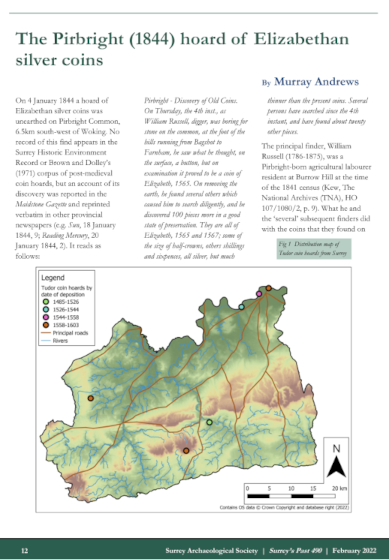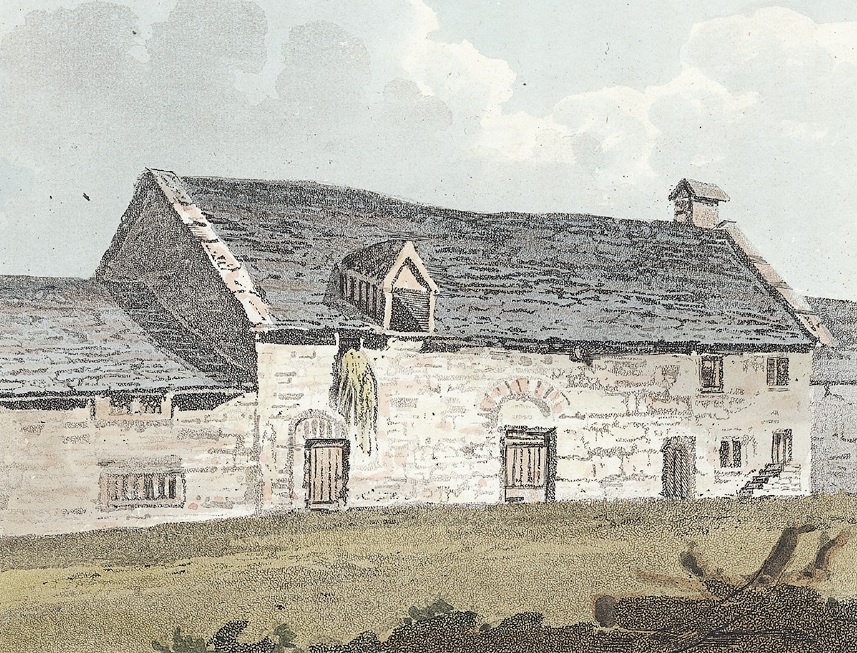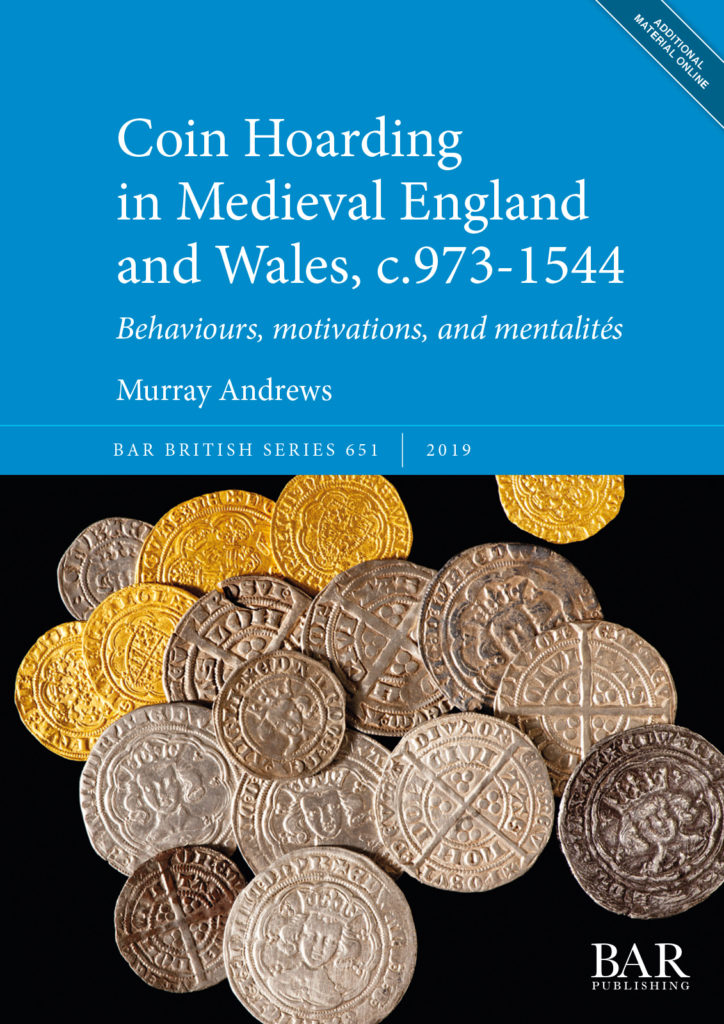We’re now in September, and I’m pleased to share news of another article I’ve written that’s out in the wild!

This one appears in the Autumn 2022 Newsletter of the Hampshire Field Club & Archaeological Society. It reviews the evidence for a previously unnoticed hoard of Civil War-era silver coins found at Mousehole, nr Southampton, in May 1889. The hoard is an interesting one, consisting of shillings and sixpence hidden in a leather bag or purse some time after 1638. The article explores the circumstances of its burial in the light of other Civil War hoards from Hampshire, and suggests that it represents a stash of ‘ready money’ hidden just before the outbreak of war in August 1642.
So why not have a look? To get your hands on a copy, contact the Hampshire Field Club & Archaeological Society via their website.
For a full list of my publications to date, check out the ‘Publications’ page on this website.









